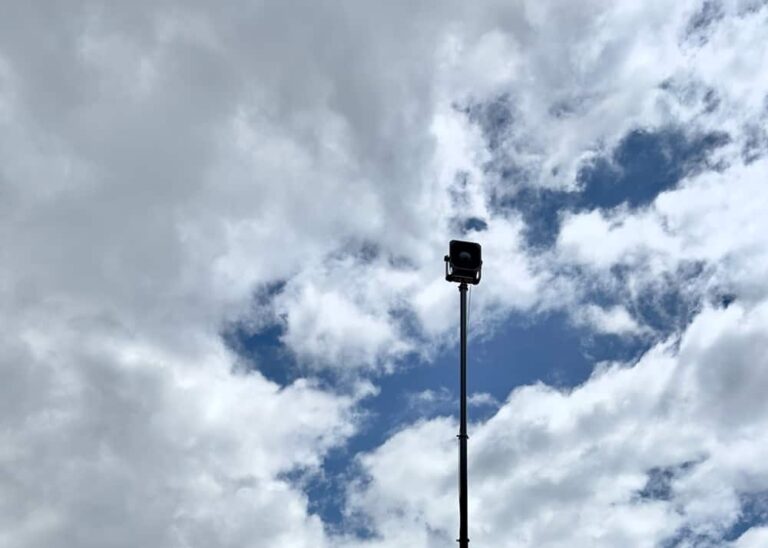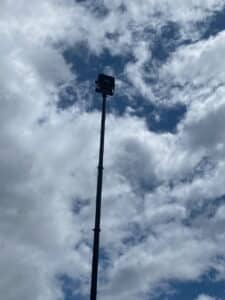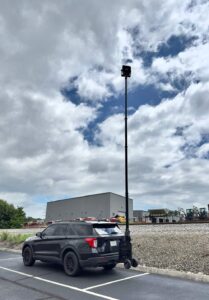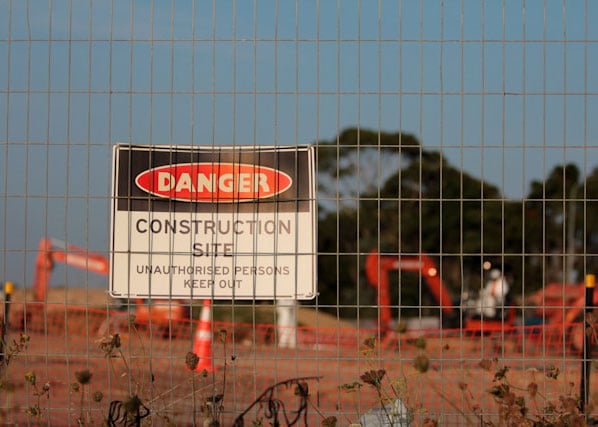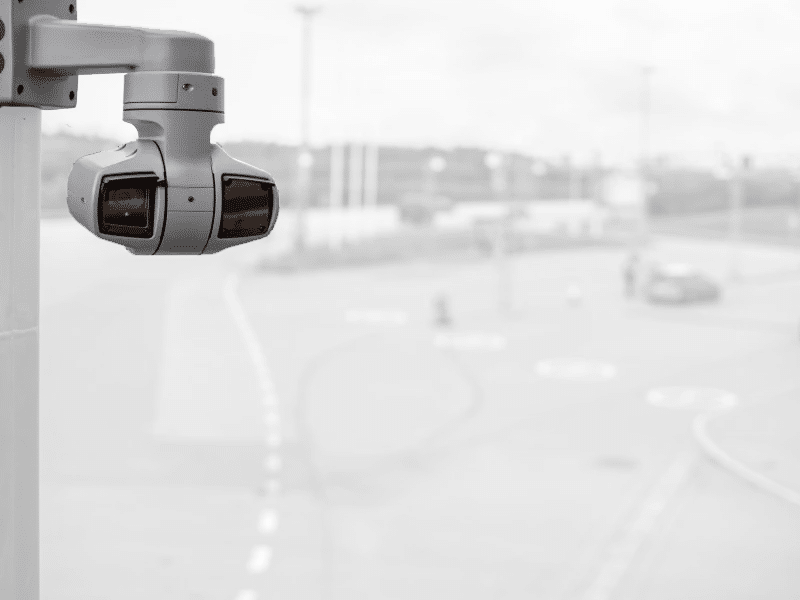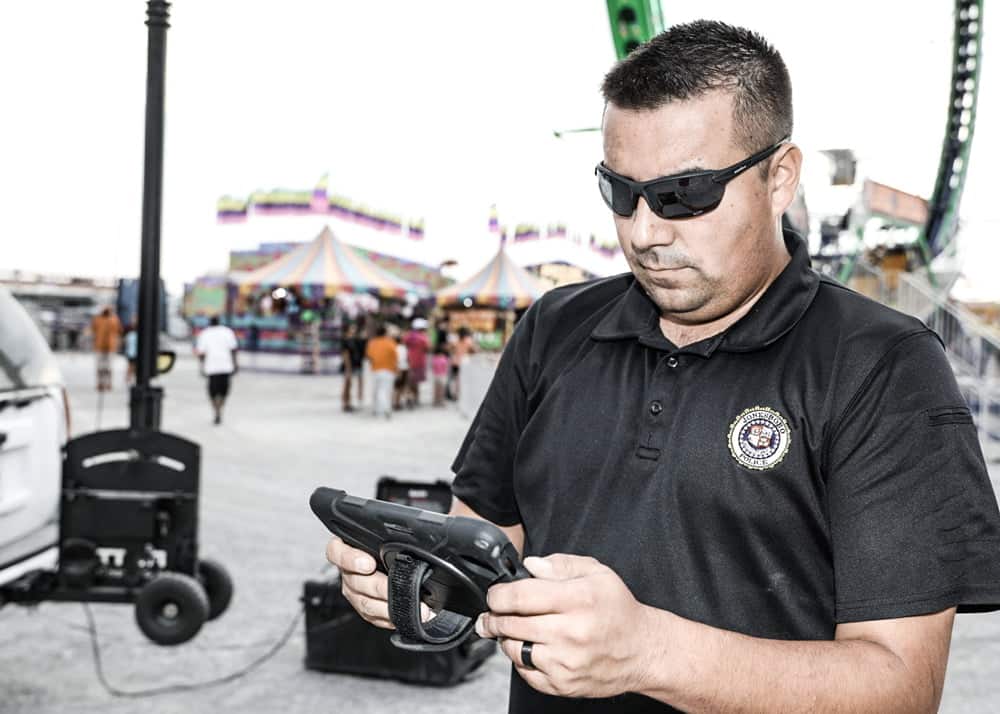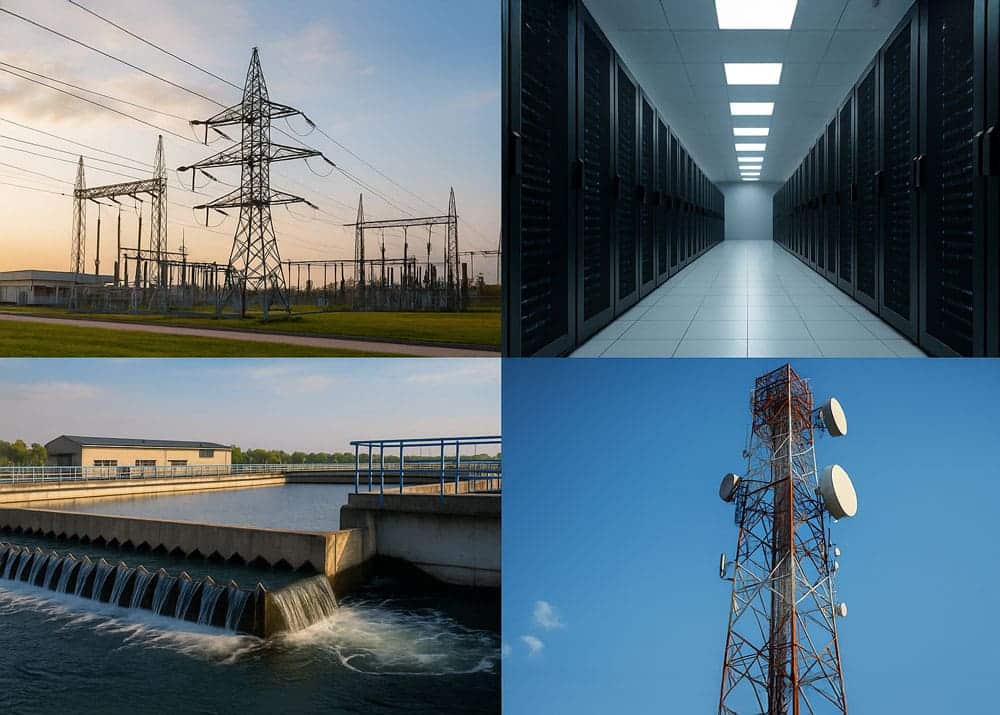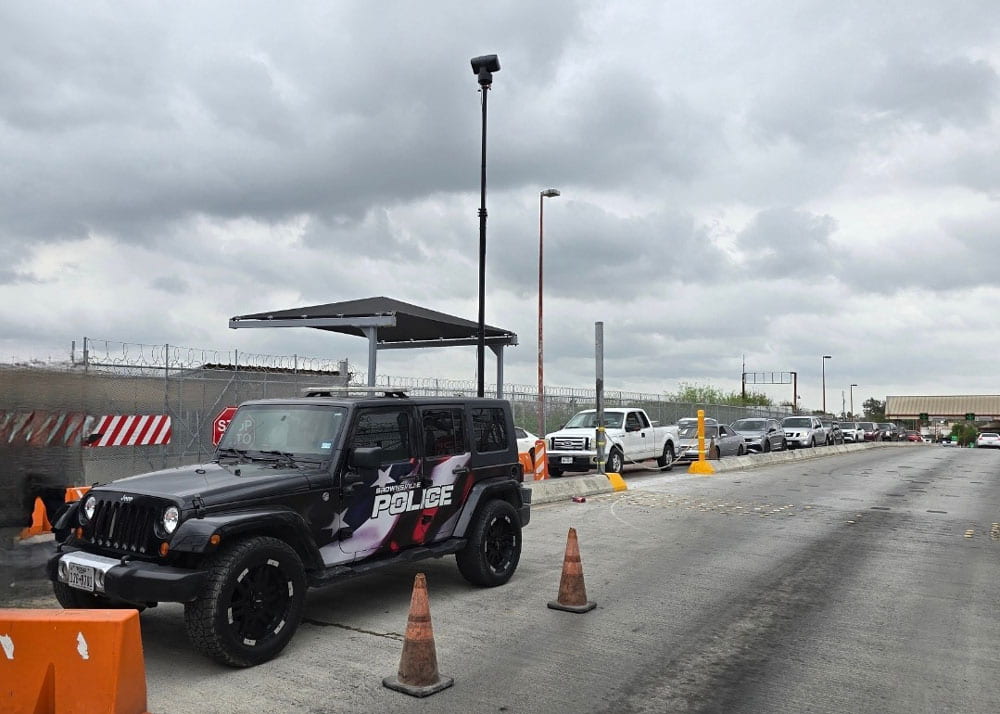LRAD Technology: Effective Communication and Crowd Management Solutions
Managing large crowds and communicating effectively over long distances is a challenge in law enforcement. Tools like the Long Range Acoustic Device (LRAD) have become valuable assets, helping control gatherings, convey clear messages, and even deter potential threats. But to use this tool effectively, understanding its technology and best practices is key.
Understanding Long Range Acoustic Device Technology (LRAD)
What is LRAD? A Long Range Acoustic Device (LRAD) is a specialized sound-emitting tool capable of delivering high-frequency sound waves over significant distances. Originally developed for military purposes, LRAD technology is now commonly used in civilian law enforcement.
- High-Frequency Sound Waves: LRAD emits sound at levels that can carry clearly over hundreds of meters, making it ideal for reaching large groups.
- Directional Sound: Unlike traditional loudspeakers, LRAD projects sound in a narrow, controlled path, minimizing unintended noise in surrounding areas.
This device falls under sonic and ultrasonic weapons, tools designed to use sound energy for tactical purposes. Sonic weapons emit sound waves—ranging from low (infrasound) to very high (ultrasound) frequencies—to disperse crowds, disorient, or control access to areas. By projecting high-decibel sounds within specific frequency ranges, these devices can create discomfort or even deter individuals, offering a non-contact method of crowd control.
While LRAD is classified among sonic and ultrasonic weapons due to its capacity for high-volume, directed sound, it is primarily used by law enforcement as a communication tool. This classification highlights its unique ability to project sound for effective crowd management rather than its role as a weapon.
Uses for LRAD Technology in Law Enforcement
Law enforcement agencies use Long Range Acoustic Devices (LRAD) for several key purposes, particularly in scenarios that involve large gatherings or potentially volatile crowds:
- Crowd Management and Communication: LRAD offers law enforcement an effective way to manage large gatherings, such as public events or protests. Its clear, directed sound cuts through background noise, allowing officers to communicate critical instructions to crowds from a safe distance.
- De-escalating Volatile Situations: In escalating scenarios, such as riots or high-tension protests, LRAD provides a tool to issue verbal warnings and guide individuals away from conflict zones without resorting to physical engagement.
In 2005, the Santa Ana, California SWAT team utilized an LRAD to successfully disperse gang members from a house without resorting to lethal force. By activating the LRAD’s tone for 30 seconds, they prompted ten suspects to exit the building, exceeding their initial estimate of three or four individuals inside. Read more about this successful deployment.
Enhancing Surveillance with Mobile Equipment
LRAD becomes even more effective when paired with various surveillance tools, creating a well-rounded approach to crowd management and public safety. Here’s how LRAD integrates with these technologies:
- IP Cameras and Light Towers: Together, high-definition IP cameras and light towers enhance situational awareness for law enforcement. Cameras provide visual confirmation of crowd movements, while light towers improve visibility in low-light conditions. This combination allows operators to assess crowd locations more accurately and direct LRAD sound precisely where it’s needed.
- Mobile Surveillance Towers & Mobile Surveillance Trailers: By using LRAD in conjunction with mobile surveillance towers or mobile surveillance trailers, teams gain an elevated vantage point, allowing them to oversee crowd dynamics effectively and respond promptly to changes in activity.
Combining LRAD technology with these surveillance tools not only improves monitoring but also allows for targeted, strategic responses, enhancing public safety efforts in a coordinated manner.
Tips for Using LRAD Effectively
To use LRAD safely and efficiently, adhering to best practices is essential. These guidelines help ensure the device is used effectively and responsibly:
- Proper Positioning:
Correct positioning is crucial for directing LRAD sound to reach the intended audience while minimizing impact on others nearby.- Consider Obstacles: Physical barriers like buildings and trees can alter sound paths. Set up LRAD in open areas or elevated positions, such as telescopic masts or mobile surveillance towers, to provide a clear line of sound transmission over obstacles.
- Optimize Placement: Use height strategically to project sound effectively across distances, reducing interference and ensuring clarity.
- Adjusting Volume Levels:
LRAD’s variable sound output requires careful adjustment to avoid discomfort or harm, especially in densely populated areas.- Volume Awareness: Set the volume at a level that is loud enough to convey the message but low enough to prevent discomfort. This balance is essential for maintaining effective communication without unintended side effects.
- Use in Short Bursts: Short, clear messages reduce auditory strain and enhance clarity, making communication more effective than continuous sound.
- Proper Training and Protocols:
Officers need comprehensive training in LRAD use, covering volume control, positioning, and adherence to local laws and guidelines.- Follow Local Regulations: Jurisdictions often have specific guidelines on the allowable use of LRAD in public settings to ensure responsible deployment. Familiarize all personnel with these regulations to avoid misuse.
- Training on Combined Technology: To maximize LRAD’s effectiveness, law enforcement should be skilled in using it alongside other equipment like telescopic masts and mobile surveillance towers. This integrated training ensures a coordinated approach for public communication, crowd management, and enhanced situational awareness.
Concerns About Sonic Weapons
While LRAD and similar sonic and ultrasonic weapons are powerful tools, their use has raised some concerns. The National Institute for Occupational Safety and Health (NIOSH) recommends that workers should not be exposed to noise levels above 85 decibels (dBA) over an eight-hour shift to prevent hearing loss. Critics note that high-decibel sound can potentially lead to hearing issues when used improperly, and some view the technology as invasive.
The American Speech-Language-Hearing Association (ASHA) has warned about the potential for serious hearing loss and other health concerns resulting from exposure to LRADs. These warnings highlight the importance of strict adherence to safety guidelines, including controlling volume levels and ensuring proper training for operators to mitigate risks associated with high-decibel sound. Learn more about hearing risks associated with LRAD use.
To mitigate these risks:
Use Restraint:
- Avoid high-volume settings where not necessary.
- Direct LRAD sound away from individuals not involved in crowd control.
Respect Civil Rights:
- Prioritize clear communication.
- Adhere to lawful protocols to prevent infringing on individual rights.
Conclusion: Maximizing the Benefits of LRAD Technology for Public Safety
Understanding LRAD technology and applying it with best practices is crucial for maximizing its benefits in public safety. By balancing technological innovation with safety considerations, LRAD can significantly enhance public safety efforts while maintaining public trust. With careful positioning, controlled volume, and adherence to protocols, law enforcement can use LRAD effectively to manage crowds and communicate clearly. Paired with surveillance tools like IP cameras, light towers, and telescopic masts, LRAD offers comprehensive, real-time solutions for managing large events and critical incidents.
Learn how LRAD technology can be seamlessly integrated into mobile surveillance systems like The RATT, offering versatile solutions for special events and critical incidents.

